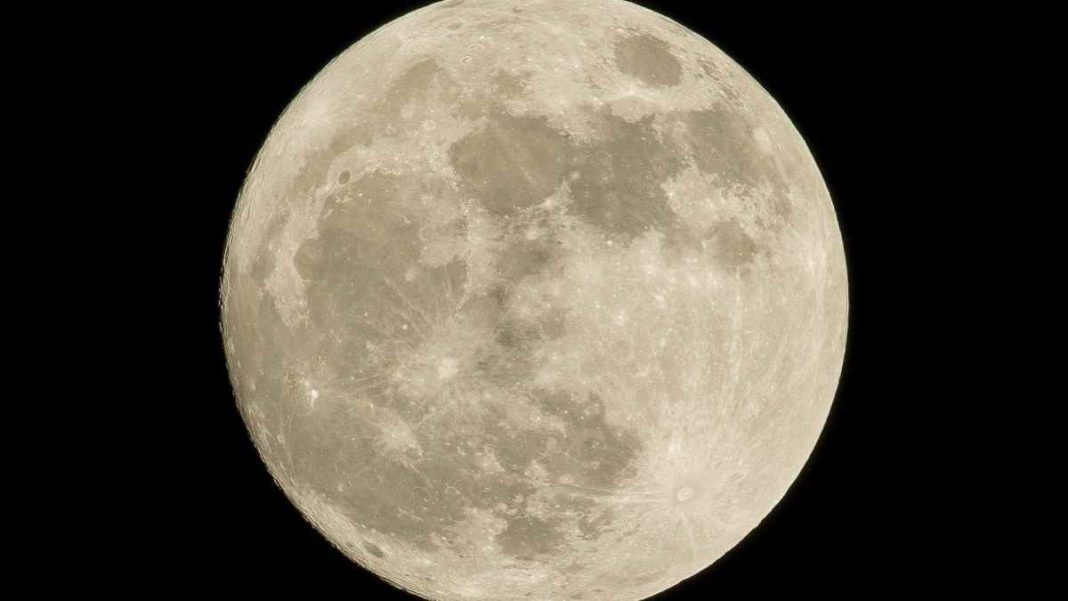UNITED STATES: A recent study published in the journal Nature has revealed a long-guarded secret about the moon’s internal structure. Scientists have discovered that the moon has a solid core similar to Earth’s, which was previously undetected due to its small size.
The core is approximately 500 kilometres in diameter, making up around 15% of the moon’s size, and is made up of a metal with a density similar to iron.
A group of researchers from the CNRS, the Universite Cote d’Azur, the Observatoire de la Cote d’Azur, the Sorbonne University, and the Observatoire de Paris-PSL carried out the investigation.
To demonstrate the solid core’s existence, they used data from numerous satellite flights and laser moon ranging. Additionally, they discovered proof of material displacements during the moon’s history in its mantle, the layer that lies between its core and crust.
The researchers hypothesise that material may have surfaced and formed volcanic rocks that were then deposited in the lunar crust.
Then, the components in the crust that were excessively dense relative to the surrounding material retreated and found their way back to the boundary between the mantle and the core.
The existence of iron-rich materials on the moon’s surface is explained by a process known as the reversal of the lunar mantle.
The discovery of the solid core and the reversal of the lunar mantle have significant implications for understanding the history of the solar system.
The work backs up a global mantle overturn scenario, which offers important new information on when the solar system’s first billion years’ worth of lunar bombardment occurred.
It also raises doubts about the evolution of the moon’s magnetic field, which was once 100 times stronger than the earth’s current magnetic field but is now nearly nonexistent.
The findings of this study are crucial for future missions to the Moon, including NASA’s plan to land four astronauts on the lunar surface by 2025.
Understanding the key details of the moon’s internal structure is imperative to ensure a smooth operation and a longer, permanent presence on Earth’s natural satellite.
Overall, this study provides essential knowledge for informing the history of the solar system and understanding certain events.
Also Read: NASA Developing Snake-like Robot to Explore Enceladus



